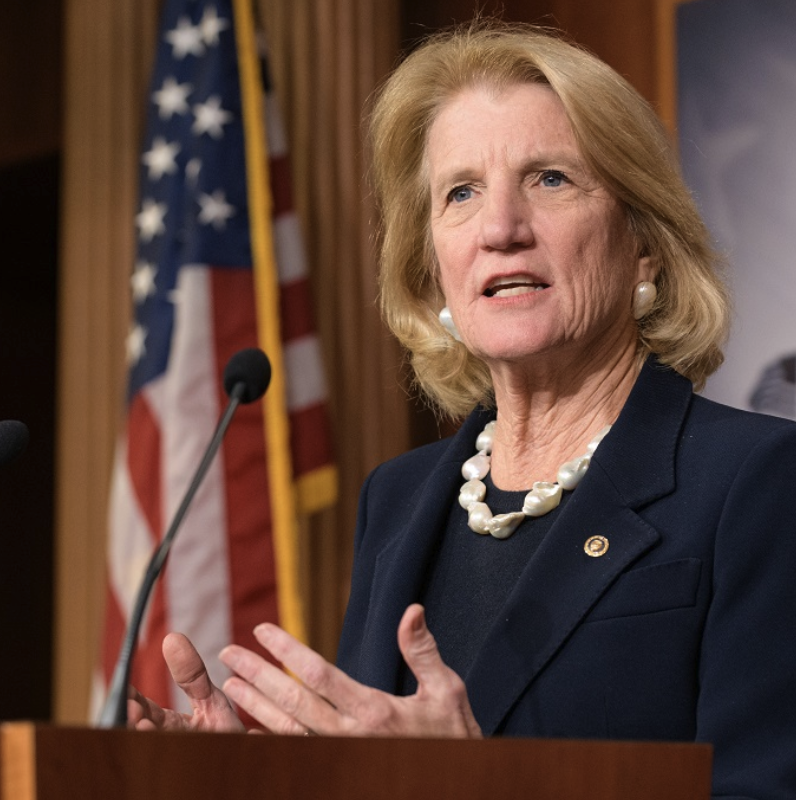
WASHINGTON, D.C. – U.S. Senators Shelley Moore Capito (R-W.Va.) and Kyrsten Sinema (D-Ariz.) today reintroduced the 21st Century Space Grant Modernization Act, a bipartisan bill to further invest in preparing students for high-tech jobs.
In 1989, NASA created the National Space Grant College and Fellowship Program, which is now comprised of more than 1,000 federal-state partnerships that promote collaboration between NASA missions and STEM education activities. This legislation would update the Space Grant program and ensure that the program equally balances the needs of NASA with individual state STEM workforce needs.
“For the United States to remain competitive on the global stage, we must invest in the next generation and prepare them to meet the demands of a high-tech economy,” Senator Capito said. “This legislation supports a sustainable pipeline of students who will one day fill innovative jobs in the fields of science, technology, engineering, and mathematics. I am proud of the students from West Virginia who have and who will work to achieve their dreams on earth and in space through this program. American ingenuity is what makes us exceptional, and I’m proud to work with Senator Sinema in preserving that for generations to come.”
“Arizona universities lead the nation for space exploration and innovation. Our bipartisan bill updates and protects the Space Grant Program, ensuring students across Arizona have access to high quality STEM education,” Senator Sinema said.
Specifically, the 21st Century Space Grant Modernization Act updates the Space Grant Program by:
· Ensuring the grant program equally balances the needs of NASA with individual state STEM workforce needs.
· Establishing a set percentage allocation for funding distribution that puts 85 percent of annual appropriations for Space Grant to the base state grants, 10 percent to NASA program administration, and 5 percent to special grant programs designated by NASA.
· Protecting equal funding distribution of base awards to Space Grant consortia.
· Modernizing the authorization by cleaning up older, obsolete items and updating the text to reflect current practices.
The Space Grant Program’s national network of colleges and universities expands opportunities for participation in NASA space projects, supports science and engineering education, and invests in research and public outreach efforts.
Currently, there are 12 West Virginia academic institutions and nine corporate and scientific partners that comprise the West Virginia Space Grant Consortium, which was established in 1991. It was through this program that the first spacecraft in West Virginia was built and launched under NASA’s CubeSat Launch Initiative.
